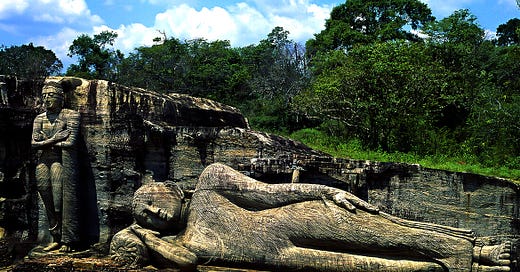The teachings of Buddhism, founded on principles of compassion, non-violence, and the pursuit of enlightenment, have captivated millions for centuries. A central tenet of Buddhist doctrine, as articulated by the Buddha himself, is the concept of equality among all beings. In the Pali Canon, the Buddha emphasizes that social status, birth, or caste hold no bearing on a person’s spiritual worth. Instead, it is one’s actions or karma, and adherence to the Eightfold Path that dictate one’s progress toward enlightenment. This message stood in stark contrast to the hierarchical and exclusionary caste system of ancient India, where social divisions were enforced with a measure of rigidity. The Buddha’s rejection of caste as a measure of human value offered a radical alternative to the dominant Brahmanical ideology, opening the path of spiritual liberation to all individuals, irrespective of birth.
However, the historical reality of Buddhist practices betrays a far more complex relationship with the caste system than the Buddha’s teachings might suggest. Over the centuries, as Buddhism spread throughout South Asia and beyond, it interacted with deeply entrenched social structures, including the caste system, in ways that were not always consistent with its founding ideals. In ancient India, early Buddhist communities may have been more inclusive, admitting individuals from all social backgrounds into the monastic order. Figures like Upāli, a low-caste barber who became a prominent monk, reflect the egalitarian aspirations of the Buddhist Sangha.
Yet, as Buddhism evolved and became institutionalized, particularly under powerful rulers like Aśoka during the Mauryan Empire, its communities often came into contact with the dominant social norms of the time. Over the centuries, particularly as Brahmanical influence resurged and Buddhism itself began to decline in India, the monastic and lay communities started to mirror the social hierarchies they had once resisted. Even in regions outside India, such as Sri Lanka and Southeast Asia, caste-based discrimination and exclusionary practices crept into Buddhist institutions. Monastic hierarchies and lay interactions began to reflect caste divisions, despite the doctrinal insistence on equality.
This paradox—the coexistence of Buddhist egalitarian ideals with the reality of caste-based discrimination—continued into the modern era. While the revival of Buddhism in India, particularly under Ambedkar, sought to reclaim the religion’s egalitarian roots, contemporary Buddhist communities in South Asia often still grapple with lingering caste consciousness. The tension between doctrine and practice, ideal and reality, remains a significant aspect of the historical and sociological study of Buddhism.
We will explore the historical evidence of caste discrimination within Buddhist practices, tracing how and why this paradox arose and persisted, and examining the ways in which Buddhism has been both a vehicle for social equality and a participant in caste-based exclusion. Through this lens, the complex and often contradictory relationship between Buddhism and caste will be critically analyzed, offering insights into how the religion navigated—and continues to navigate—the deeply ingrained social hierarchies of the Indian subcontinent.
Keep reading with a 7-day free trial
Subscribe to Schandillia to keep reading this post and get 7 days of free access to the full post archives.




